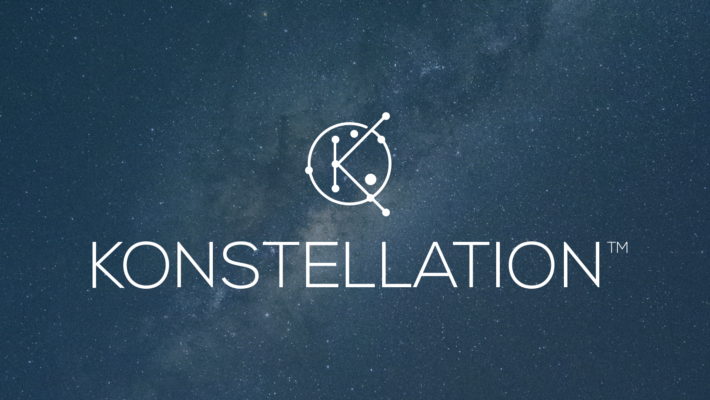A Primer On Decentralized Exchanges

The number of cryptocurrency users is at an all-time high due to the growing adoption and understanding of the technology. According to predictions, there will be 1 billion cryptocurrency users by the end of 2022. For these users and traders of cryptocurrencies, crypto exchanges are a crucial component of the trading process.
When making their first investment, crypto traders frequently use an exchange like Binance or Coinbase.
Centralized exchanges (CEXs) are extremely well-liked by investors for good reason: they are user-friendly and speedier. In fact, they reported a trading volume of more than USD 14 trillion last year with a staggering 689% increase year over year.
Centralized Exchanges: Don't Use Your Coins or Keys
Many customers of centralized exchanges are unaware that they often do not "own" their cryptocurrency. For instance, it is abundantly evident from Coinbase's conditions that the company may liquidate customer cash in the event of insolvency.
Conversely, Decentralized Exchanges, or "DEXs," have seen a record-high rise in trade volumes of up to 858% from the previous year! However, what are DEXs?
Exchanges that are decentralized: True Ownership
Markets, where crypto assets can be traded directly between buyers and sellers without the use of middlemen, are known as decentralized exchanges (DEXs). Peer-to-peer trading is possible on DEXs, allowing users to swap and exchange cryptocurrencies among themselves.
Instead of a centralized server like in CEXs, the DEX uses a shared digital ledger to store all transactions. As there can be no single point of failure, this provides a safeguard against hacks and attacks and ensures stronger security than CEXs.
DEXs are also non-custodial, allowing users to fully control their digital wallets and private keys without having to entrust the security of their cryptocurrency to a third party.
But many users find it challenging to utilize DEXs due to a lack of knowledge with the technology. Traditional DEX trading can be challenging and is best left to seasoned cryptocurrency traders.
In the event of a DEX, there is also the problem of slippage and limited liquidity.
Taebit: Combining Top CEX and DEX Performances
In order to fill the void left by DEXs and to expand the use-cases that will encourage institutional adoption of DeFi, DeFi projects and innovations are currently being developed. Taebit DEX, based in Solana, is one such initiative that successfully blends the infrastructure of a fully operational foreign exchange (FOREX) market with the capabilities of a DEX.
Users can benefit from trading with cheap fees and escape regional regulatory pressure and limits, in contrast to the centralized finance associated with FOREX. No matter where they are from, anyone can utilize Taebit DEX for trading as long as they have access to the internet and a digital wallet.
Taebit's connection to the Pyth network, a Solana-based oracle, enables users to swap tokens with Taebit at lower transaction costs and shorter latency than any other Ethereum-based DEX on Ethereum. Taebit also addresses liquidity and slippage, a long-standing flaw in DEX platforms. With little slippage and consistent swapping, Taebit's Inter-Stable Swap mechanism enables consistent swapping without sacrificing pool liquidity and speed.
All in all, Taebit DEX seeks to create the most efficient and secure blockchain-based foreign exchange market. By expanding the use cases for DEXs, enhancing the user experience to rival CEXs, promoting the adoption of DEXs by retailers, and overcoming other challenges, projects like Taebit are attempting to remove these barriers.
Konstellation is launching a 500,000 $DARC bug bounty campaign on September 13th to help accelerate development by crowdsourcing talent from the web3 community as it gets closer to the Taebit DEX public debut in the fourth quarter of 2022. The bug bounty program will enhance user experience while reducing any potential risk to the TAEBIT platform. Testing and awards are open to everyone. For additional information, visit Taebit's Medium page.
The KONSTELLATION Network is a blockchain protocol that was developed using the Cosmos Network SDK to build a global infrastructure for the decentralized capital markets of the future.
To keep up with Konstellation, follow us on:
Twitter | Facebook | LinkedIn | Telegram| Medium | Official Website